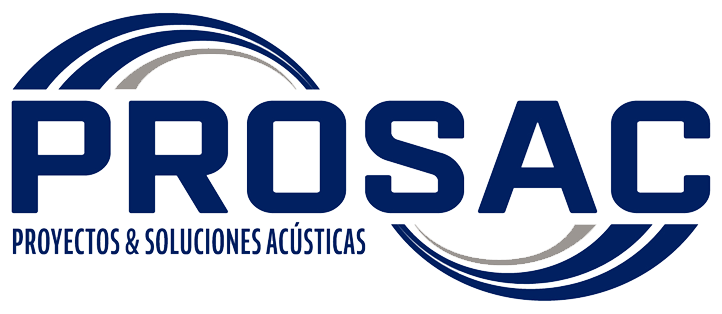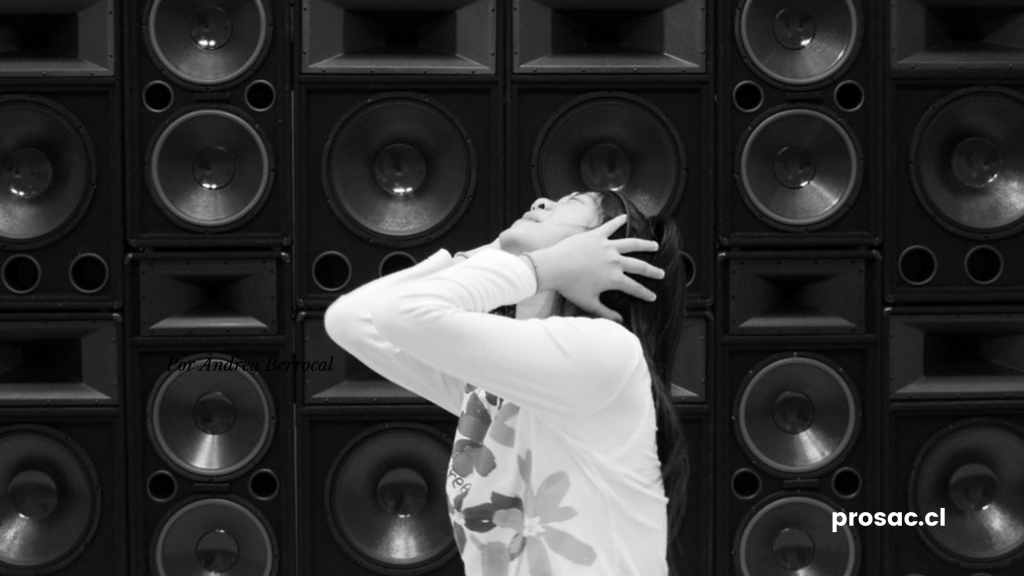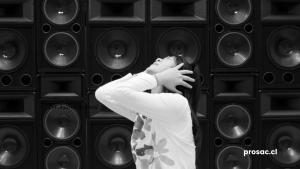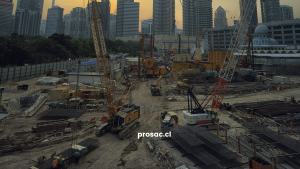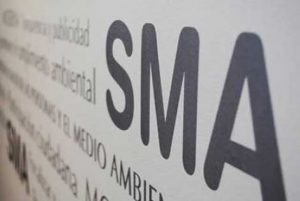How is the issue of noise nuisance regulated and what are the sanctions?
Of the complaints received annually by the Superintendency of the Environment, 50% are noise nuisance complaints. Although these are not as mediatic, lawsuits of this type are the most widely handled environmental issue in Chile.
Due to the frequency with which these claims are presented, the Ministry of the Environment established a new way to manage them. Here we talk to you about this issue and clarify the new sanctions that have been established.
How are noise nuisances currently regulated?
Noise is the sensation produced in the ear by the vibratory movements of bodies. It is transmitted through media such as air, and has two characteristics: frequency and level. It is according to the scale of this last factor that annoying noises are classified.
The noise level is measured in decibels and this is regulated by a law established by the Superintendence of the Environment. The standard establishes that in residential areas there can be a maximum noise level that varies between 55 and 65 dB (A). This level is accepted from 7:00 am to 9:00 pm.
From 9 PM to 7 AM, noises between 45 and 50 dB (A) maximum are allowed. To give an example, this level is the level on a street where there is not much traffic.
Does this regulation apply to all types of noise?
Something important to note about this standard in force in Chile is that it does not apply to all types of noise sources; the following are excluded from its regulation:
Air, maritime, rail and vehicular traffic.
- Emergency and alarm systems.
- Blasting and/or blastings.
- Use of public space for pedestrian and vehicular traffic, demonstrations, advertising, street commerce, free fairs, acts, events or similar.
- Activities related to homes and residential buildings, such as household repairs, alterations, movement and gathering of people, household appliances, voices, pets and the like.
What is the Chilean agency in charge of controlling noise nuisance?
The Superintendency of the Environment is the entity in charge of controlling the emission of any noise that is considered a nuisance according to the law. In addition, it must monitor the compliance of each provision related to this field.
Another of the tasks of the SMA is to report to the Ministry of the Environment on compliance with the provisions. This is done on an annual basis, and the report provided to this body also includes the sanctions applied during the year.
This Chilean Superintendency also shows the Ministry of the Environment which items received the most complaints. In addition, a comparison is made with the previous year and a determination is made as to which item had the greatest increase in the number of complaints.
Can the municipality be in charge of noise nuisance regulation?
In Chile, the municipalities do have the authority to regulate these noises, and to do so they must take into account the municipal ordinances. Each municipality is responsible for the level of noise produced in homes, businesses and public or private activities carried out in the area.
In the case of condominiums, each co-owner, lessee or occupant must not disturb others with noise. This is not allowed during hours that are generally intended for rest.
How do I report an excessive noise level in a condominium or municipality?
There are several ways in which it is possible to make these types of complaints, the main one is in a Local Police Court. It is also valid to contact the Carabineros, who will proceed according to their attributions and refer the process to the Local Police Judge.
It should be noted that in order for the affected person to benefit from the provisions of the law regarding a noise nuisance, it is necessary to file a complaint as soon as possible. What is established is that the procedure must be complied with within 3 months following the incident with the excessive noise level.
What are the penalties for noise nuisance?
Once the lawsuit is filed and the authority determines that there was a breach of the noise nuisance standard, what happens? An infraction is established for the person who generated the excessive noise, at an improper time and in a place where it was prohibited by law.
The type of infraction is established in Article 39 of Law 20.417 of the Superintendency of the Environment. There it states that the sanctions that apply in these cases are as follows:
- Written warnings.
- Fines from one to ten thousand Tax Units per year.
- Temporary or definitive closures.
- Revocations of the Environmental Qualification Resolution.
This article also establishes that infringements may be minor, serious or very serious. The rate to be applied depends on the determination of the authorities handling the claim.
Nuisance noise regulation is beneficial!
Noise control is very important, especially in communities that are most affected by noise pollution. Regulating noise nuisance is a regulation that protects the environment and anyone who may be affected by a high noise level.
